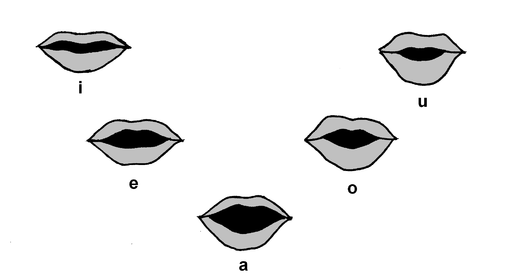Vowels vs Consonants
In terms of their purpose, there is a significant difference between vowels and consonants. These two groups exist in an alphabet, and in this case, the English alphabet is being discussed. Both vowels and consonants are essential for creating a language. Vowels are defined as a speech sound made by the open configuration of the vocal tract, with vocal cord vibration but without audible friction, and it forms the nucleus of a syllable. On the other hand, a consonant is defined as a basic speech sound where the breath is at least partly obstructed, and it can be combined with a vowel to create a syllable.
Key Takeaways
- Vowels are five in number: a, e, i, o, and u.
- Consonants are twenty-one in number and consist of the entire alphabet besides the five vowels.
- Consonants must combine with vowels to form genuine words, as they cannot create meaningful words on their own.
What are Vowels?
Vowels are the five letters a, e, i, o, and u. They are also known as sonants. It is rare to find two ‘a’s, ‘i’s, and ‘u’s together in a word, though words with two similar vowels, such as ‘good’ and ‘feel,’ can be found. This is because ‘a,’ ‘i,’ and ‘u’ are considered simple vowels.
What are Consonants?
Consonants consist of the twenty-one remaining letters in the alphabet besides the five vowels. They must combine with vowels to form real words, as they cannot create meaningful words on their own. Consonants are derived from the term “that which takes the help of the sonants or the vowels.”
Consonants can be categorized into five types: gutturals (from the throat, such as ‘k’ and ‘g’), palatals (from the hard palate, such as ‘j’ and ‘s’), cerebral (from the roof of the palate, such as ‘d’ in ‘door’ and ‘t’ in ‘total’), dentals (from the teeth, such as ‘t’ in ‘through’), and labials (from the lips, such as ‘p’ in ‘plate’ and ‘m’ in ‘mall’). An even more extensive categorization of consonants includes Bilabial, Labio-Dental, Dental, Alveolar, Post-Alveolar, Retroflex, Alveolo-palatal, palatal, velar, uvular, pharyngeal, epiglottal, and glottal.
It’s worth noting that consonants can also be produced through the nose, which are called nasals, such as ‘n’ in ‘novel.’ One important pronunciation rule for vowels is that the initial ‘a’ in a word gets elongated, as in ‘bark,’ while the initial ‘u’ in a word gets shortened, as in ‘bull.’
What is the difference between Vowels and Consonants?
• Vowels are comprised of the five letters a, e, i, o, and u, while consonants consist of the remaining twenty-one letters in the alphabet.
• Although there are more consonants than vowels, they must combine with vowels to form genuine words.
• Vowels are also known as sonants, so consonants can be described as “that which takes the help of the sonants or the vowels.”
• A, I, and u are considered simple vowels.
• Consonants can be categorized into five types, with the more extensive categorization including Bilabial, Labio-Dental, Dental, Alveolar, Post-Alveolar, Retroflex, Alveolo-palatal, palatal, velar, uvular, pharyngeal, epiglottal, and glottal.
